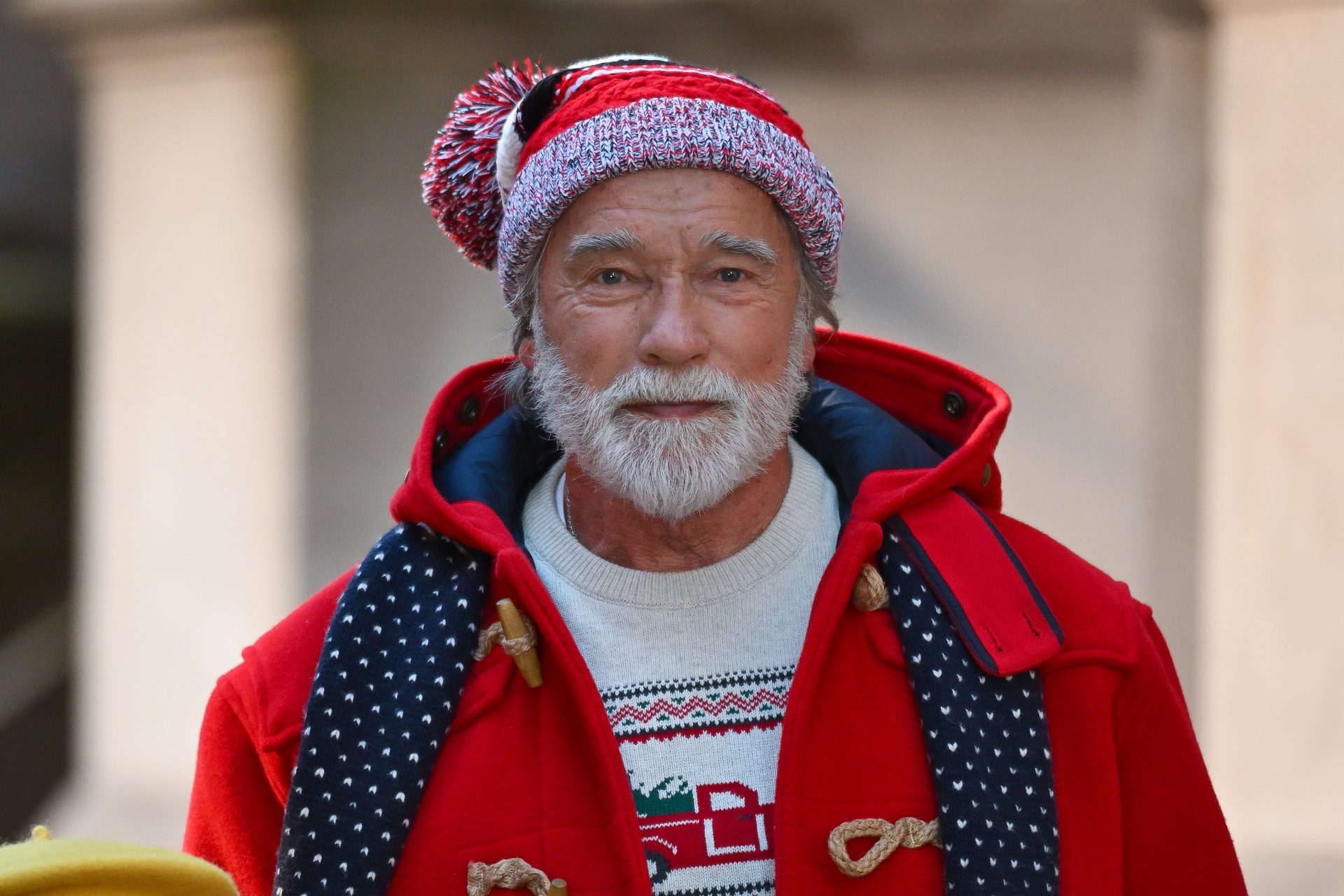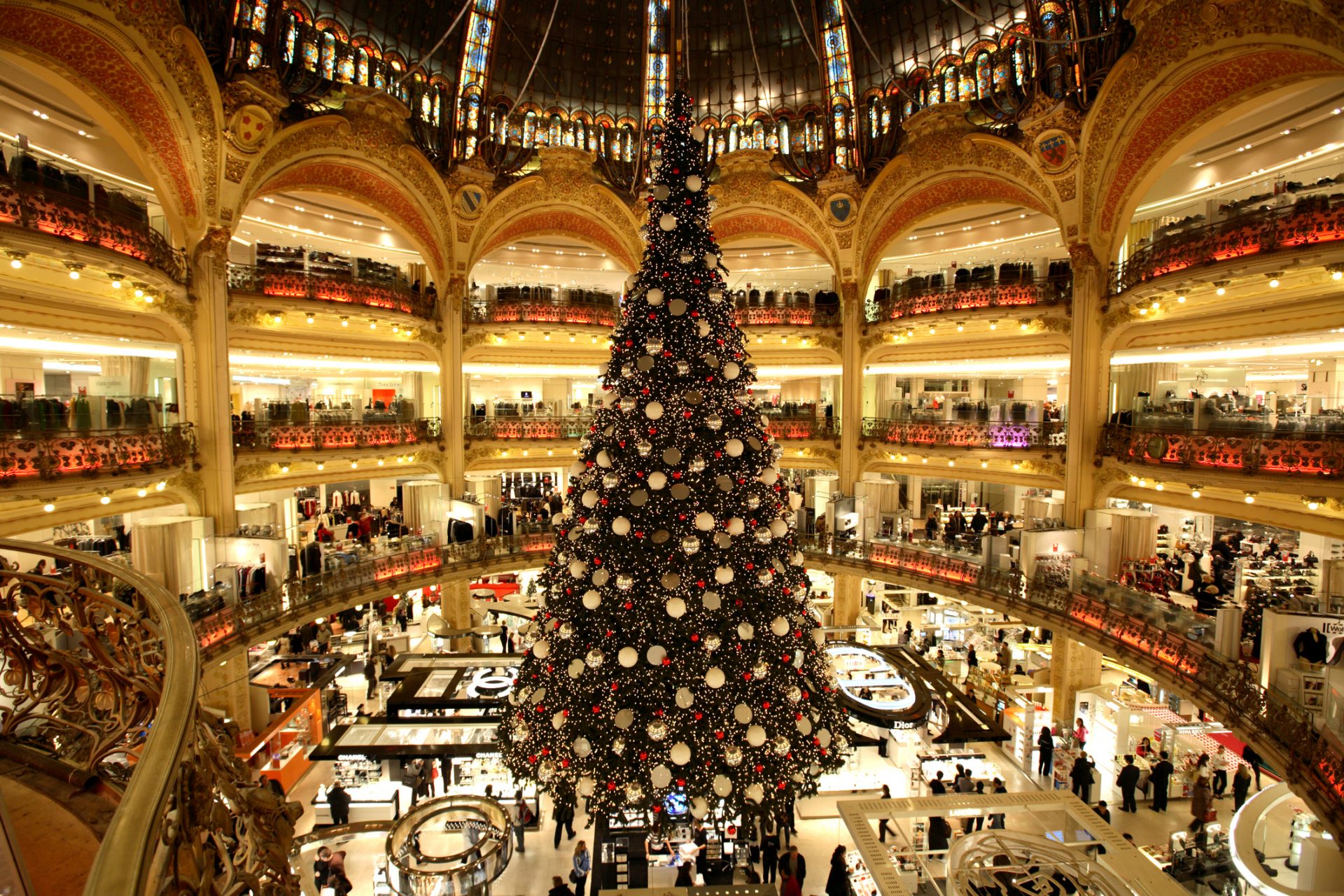The destructive volcano eruption on the Spanish island of La Palma
Ash covers everything on the island of La Palma. At night, the Cumbre Vieja volcano lightens up the sky. Explosions can be heard constantly. This corner of Spain in the middle of the Atlantic Ocean has been facing a never-ending eruption for approximately three months. It started on Sunday, September 19.
Locals have tried to normalise a completely abnormal and historic situation. In a sad front row, they watch their lives on the island change forever.
The Cumbre Vieja volcano on the Canary Island covered everything with ashes and lava.
Gray streets, covered with ash, were the backdrop for the people of Santa Cruz de La Palma who silently walked through their post-apocalyptic town.
According to experts, the volcano appeared to have gone 'asleep' in late December. But they remain vigilant for signs of new activity.
As the lava flowed from the mountain towards the sea, it extended the island around a volcanic delta, which is called "Fajana" in the Canary Islands. The lava formed a delta that added terrain to the island's surface.
Because of a loss of livelihood and housing, as well as the threat of toxic gases, hundreds of locals have left the island temporarily. They will come back when everything returns to normal.
The colour of the water changed from its contact with the volcano's lava, combining the usual turquoise with the brown of the contact zone.
In many ways, life on La Palma came to a standstill after September 19. For a few weeks, the operation of the airport was interrupted as the ash obstructed visibility and paralysed air traffic.
The airport, which usually receives large numbers of tourists all year round, now looked like a ghost port.
The gases and ash emitted by the volcano reached a height of 3.5 kilometres (2 miles).
Cumbre Vieja's daily sulphur dioxide emissions exceeded 10,700 tonnes.
The volcano started to spit lava, smoke, and ash on Sunday September 19. After a hellish week of constant eruption, there was a short break.
After its short break - a few hours - the volcano came alive again. Its two lava flows came together and it appeared to have more power than before.
According to the National Geographic Institute, the volcano had begun to feed off a deeper lava pool.
The lava flow has a speed of 400 meters per hour and led to devastation in several neighbourhoods on the island of La Palma.
The health center and the premises of the neighbourhood association are among the buildings destroyed. Many residents had to leave their homes in haste.
In the first days of the eruption, residents near the volcano had to leave their homes urgently, taking only what they could carry with them.
The lava has a height of five metres (16ft4). In some places, seven metres (23ft) has also been measured.
Once the lava began to come close to the Atlantic Ocean, authorities ordered the confinement of several areas near the coast.
The lava had moved slowly but steadily towards the sea. Then, on the night of 29-30 September, it made its first contact with the cold water.
When it finally arrived, the lava connected with the water in a spectacular clash.
The long-awaited clash ended up happening in an area of cliffs on the coast of Tazacorte, at a height of about 100 metres (328ft).
According to the Spanish Institute of Oceanography, the lava formed a pyramid of 50 metres (164ft) in height before it fell into the sea.
Slowly and continuously, the lava fell into the sea. The thermal shock of the different temperatures produced a cloud of water vapor.
The arrival of lava in the Atlantic Ocean was awaited with tension by volcanologists. After it happened, they monitored the effects of the lava on the sea and the air quality on La Palma.
Authorities in La Palma warned citizens about these clouds of vapor, as they can be harmful to the eyes, lungs and skin.
The steam columns formed by the clash of lava of more than 1,000ºC with water of 20ºC are loaded with hydrochloric acid and tiny particles of volcanic glass.
Authorities recommended that residents stay more than 3.5 km (2 miles) away from the cliff area of Tazacorte to avoid direct contact with the steam.
Furthermore, once a lava river comes into contact with the ocean, there is a risk of explosions. Authorities banned navigation in a wide area, because the effect of lava on the sea was not predictable.
The Spanish Institute of Oceanography is studying the effect of the lava on the fauna near the coast of La Palma.
Experts assume that marine fauna will recover relatively quickly from the clash. They point at the situation around the island of El Hierro, also in the Canary Islands. After the eruption of its volcano, it took only three years for the marine fauna to reappear.
Even from the distance, the magnitude of the volcano is awesome.
Up close, the destruction is overwhelming. Homes, lives, dreams, and memories of the residents of La Palma have all been buried under lava and ashes.
Thousands of people have seen their homes and livelihoods disappear from the map.
The island of La Palma has changed indefinitely. Wherever the lava passed, it is difficult to plant crops again. This is a very hard blow to the farmers, who form the second most important sector in the area, after tourism.
(Image: a sweet potato farmer on La Palma)
La Palma is an important producer of bananas. In the days after the beginning of the eruption, farmers started working at full speed to save their harvest from destruction.
Homes that were not covered by lava showed an enormous accumulation of ash.
More than 6,500 residents were evacuated. Not all of them lost their homes. For some, the damage is not by lava but only by ash.
People gathered in the local sports centre of Llanos de Aridane, having arrived there with only the things they could carry in their arms.
Chef José Andrés was among the first to appear on La Palma to feed the evicted people and lend his shoulder as much as possible. Not all heroes wear a cape, some wear a white mask.



















































